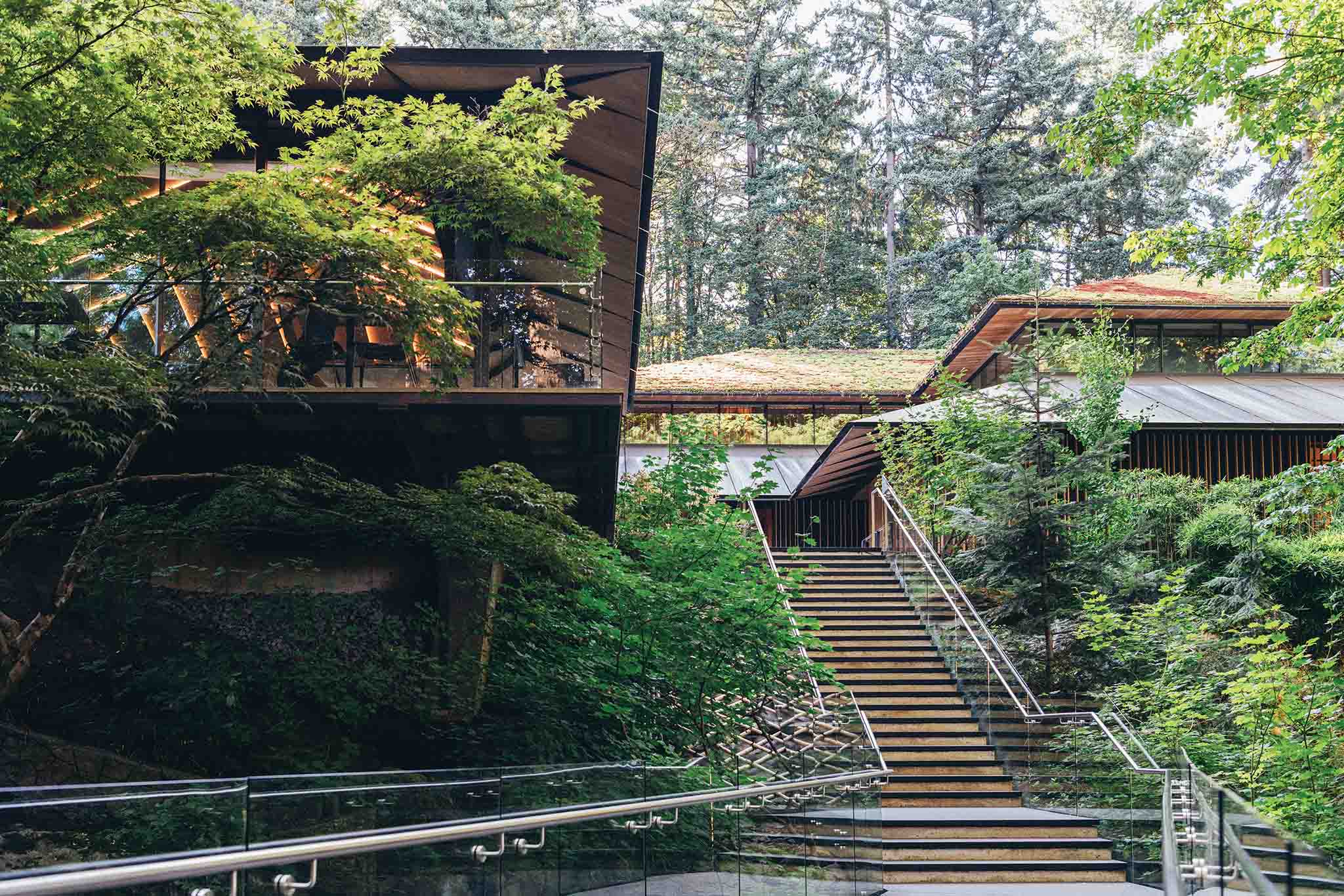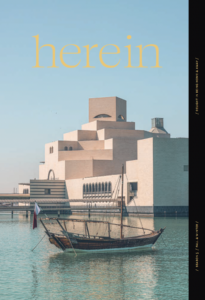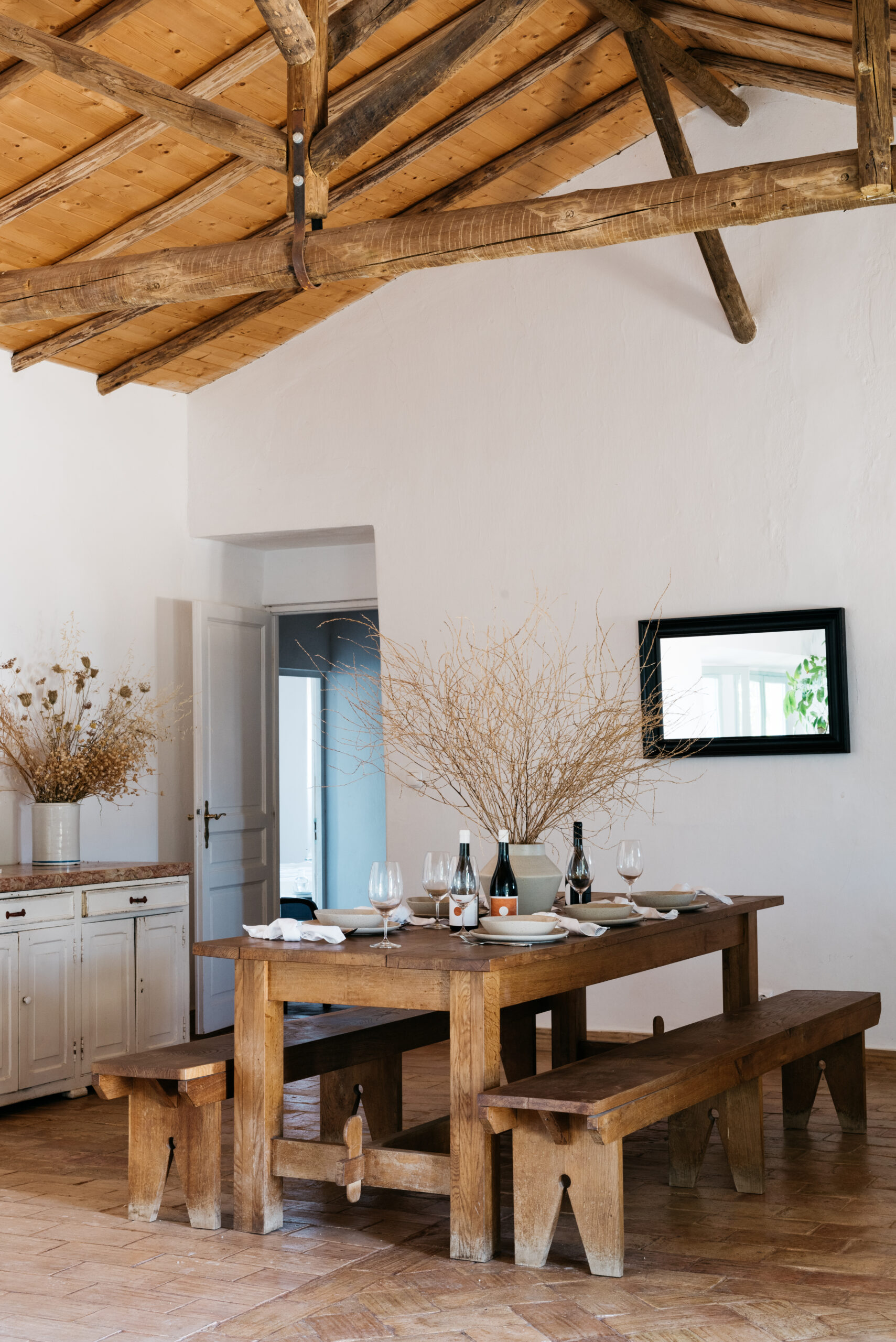Text by Winston Ross
Images by Tim Aukshunas
No single person gets the credit for the idea to build a Japanese garden in the southwest hills of Oregon’s largest city. In one account or another, an opaque “community” of supporters banded together about 60 years ago to create the serene space in Portland that is now widely considered the best such garden anywhere in the world—outside of Japan, of course.
It’s fitting that there is no heroine or hero in the rich history of the Portland Japanese Garden. This is a community, after all, of no less than eight different styles (most gardens in Japan stick to one) and dozens of varieties of trees and plants. Magnificent stone lanterns—like the two-ton, five-tiered, century-old pagoda—and ornamental rocks are tucked humbly here and there, none drawing too much attention. American and Japanese flora and fauna, from bamboo groves to vibrant azaleas, mingle quietly on the site’s 12 acres. There are no celebrities.
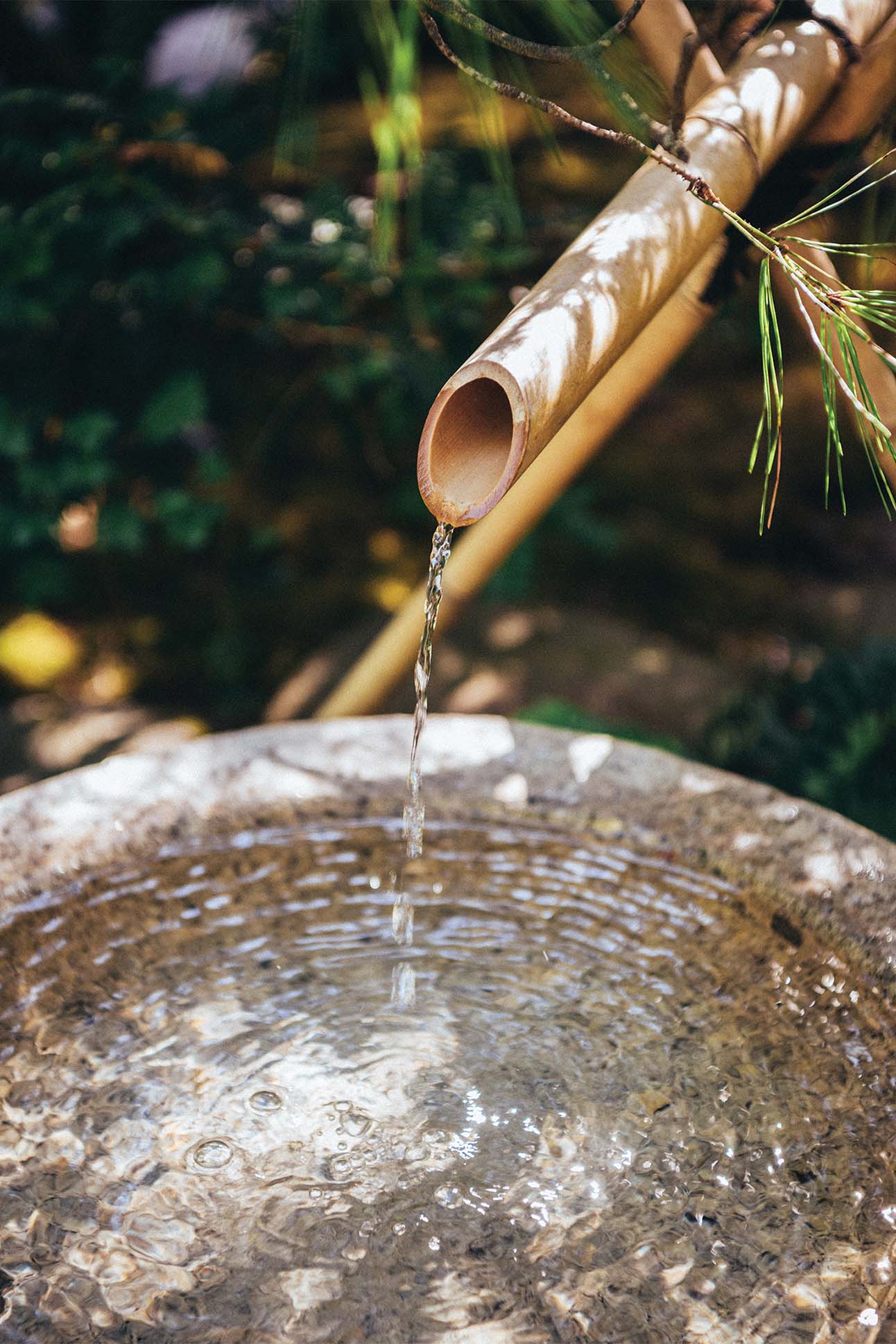
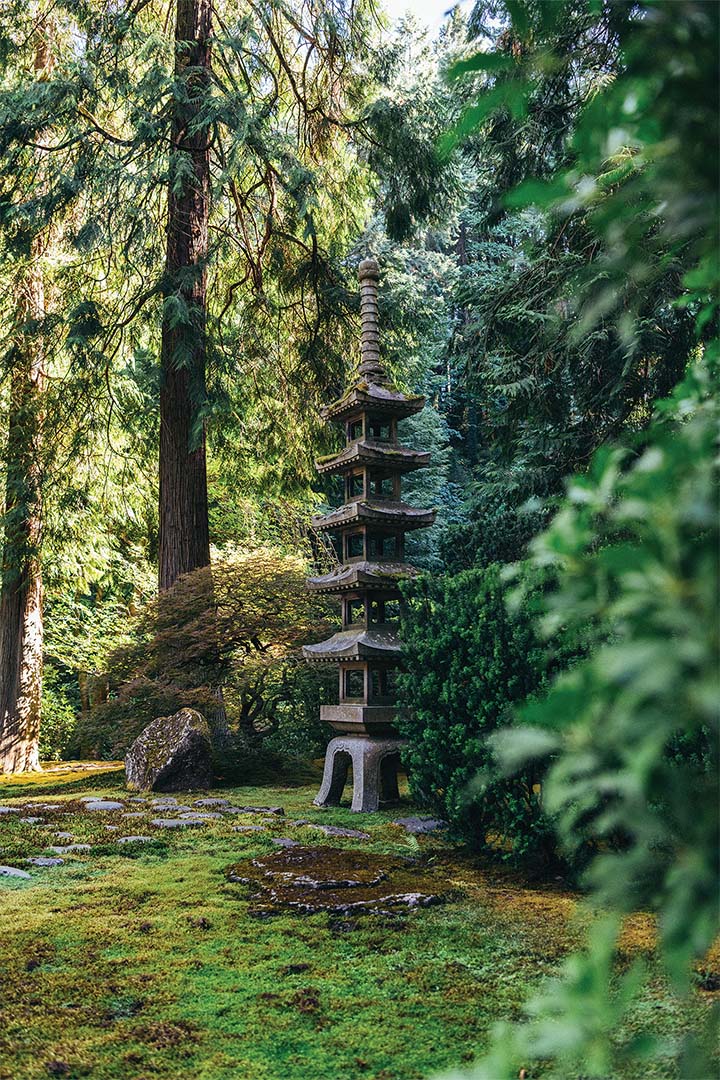
Some of the 400,000 annual visitors who climb the winding path to enter the garden may find a “boss tree,” as Garden Curator Hugo Torii describes it—a standout species that can’t help but draw our gaze, the locus from which everything else in a person’s periphery might flow. But these bosses’ reigns are impermanent. Trees grow sick, and grow old. The garden’s majesty relies on all of its residents, from the quiet pebbles raked into concentric circles in the Standing Stone Garden to the colorful koi swimming this way and that at the base of Heavenly Falls. It’s this collaboration, from the soft moss lining the garden grounds to the spectacular opening to Mt. Hood, Portland’s Mt. Fuji, that makes this place so special.
Conceived in the late 1950s and launched in 1963, the non-profit garden had to overcome some hefty obstacles to become what it is today. The grounds housed the old Portland Zoo beginning in 1925, its animals largely languishing on concrete blocks as visitors ogled from above. The zoo departed for a bigger parcel in 1959, leaving the site in Washington Park abandoned—a barren brownfield.
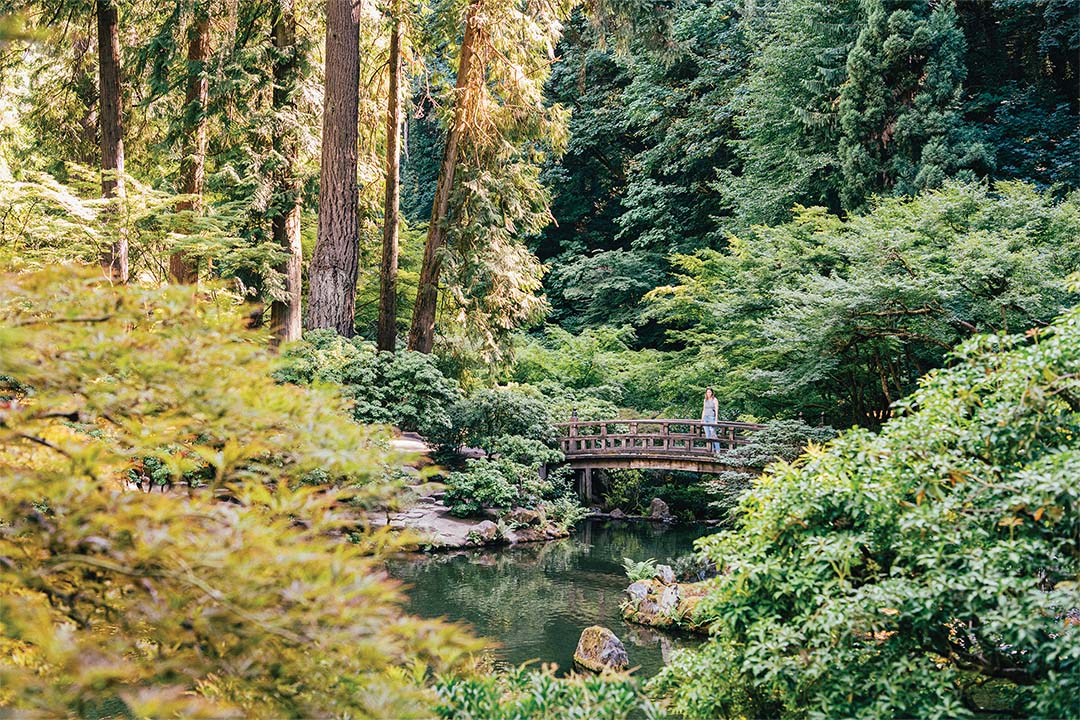
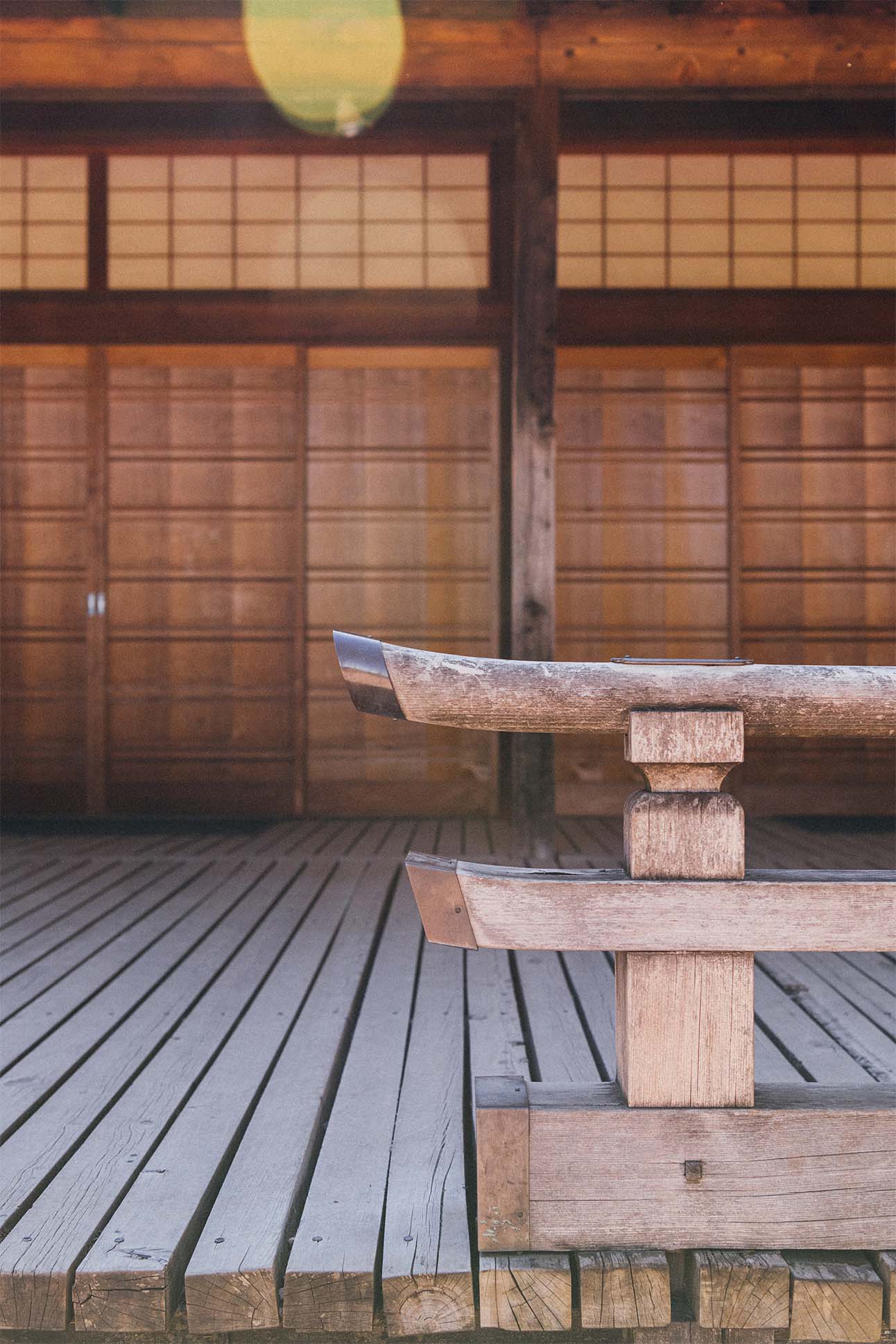
The idea was then (and is now) much more than just to create a pretty place to stroll. It’s a gorgeous physical manifestation of healing two decades after a world war that left two cultures traumatized and afraid of one another. The founders of this place sought to display a tranquil representation of Japan as a means of quiet diplomacy. While locals were not uniformly welcoming at first—some even descended into ugly protest—-it’s clear now that this is not a place that inspires conflict.
“It has proven that a public garden can make a transformational impact on society,” says garden spokesman Will Lerner. “This is among the foremost Japanese cultural organizations in the world.”
Professor Takuma Tono of Tokyo Agricultural University was the Japanese landscape architect hired to create the place, which he did with the utmost attention to detail. When building the waterfall that tumbles into the bear grotto-turned Strolling Pond, Tono was known to turn his back to it, to listen without any visual distractions to the sounds of the water cascading across the rocks. When dissatisfied with the sound, he’d have the workers rearrange the rocks, again and again, until it was just so.
The garden, with an original footprint of 5.5 acres, expanded in 2017 to 12 acres, a $33.5-million project led by the world-renowned architect Kengo Kuma on grounds that are constantly, thoughtfully maintained, manicured, and reimagined. By its very nature, it demands constant change. The original camellias bushes from 19 Japanese cities had to be replaced after insect spray required by U.S. customs killed them off. The first tree, a Japanese maple from a yard in Southwest Portland, died after it was set in a hole with bad soil.
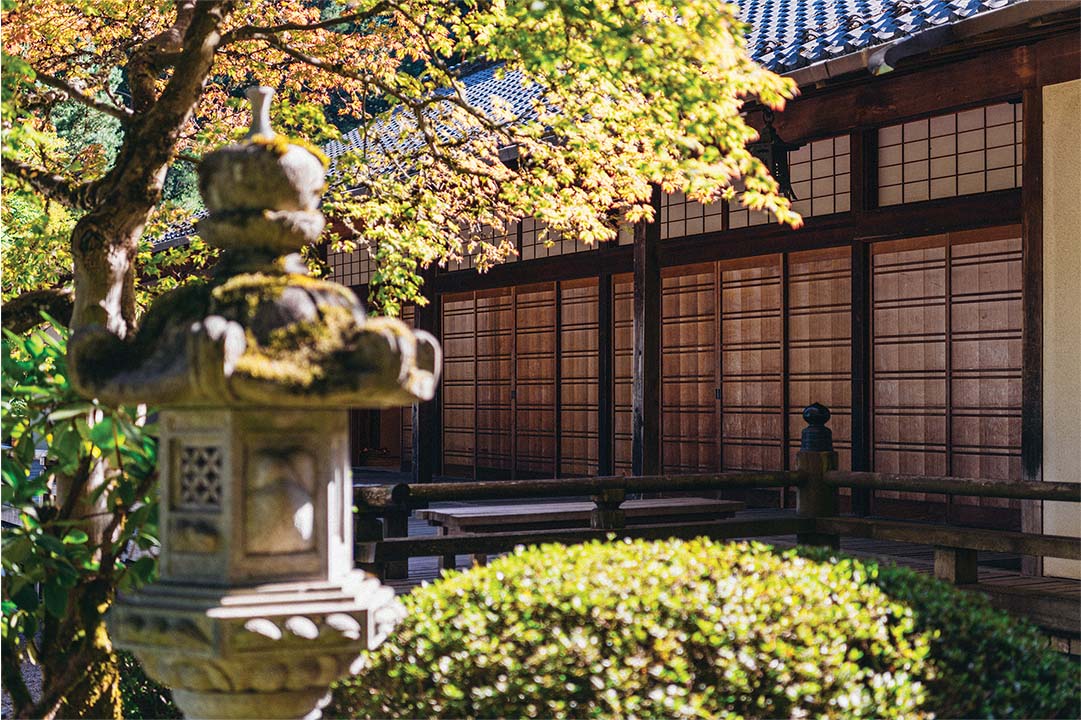
“You have to be brave to make these decisions,” says Torii of the individual choices about when a tree needs to be replaced. “Even with trees that have been there for decades, there’s no way out. It has to change.”
One of Torii’s favorites is the large maple that lies in the foreground of the flat garden, “the only tree I make sure I prune myself,” largely because it requires an unusual approach: “Some trees you can work from the outside to keep in proportion, this one you have to work from the inside.” Next to that tree sits a rarity from Kyoto called a kibune; it’s one of the seven special stones throughout the garden. Torii worries that the stone has become shrouded by the plants around it, he says: “It’s not so happy.” It’s time for a change. “We have to be ready to tell a new story,” he adds.
Behind a weeping cherry resides another set of Torii’s favorite residents: a collection of Japanese black pines and shore pines that represent cultural exchange, as these trees come both from America and Japan. Meanwhile, inside the Kashintei Tea House, which was meticulously built in Japan, disassembled, shipped to Oregon, and then reconstructed in Portland, partner organizations hold elaborate tea ceremonies. Lerner loves the Natural Garden, which winds this way and that at the bottom of a hill. “It’s always a conversation between you and the garden,” he explains. “Your interpretation of what you see is correct.”
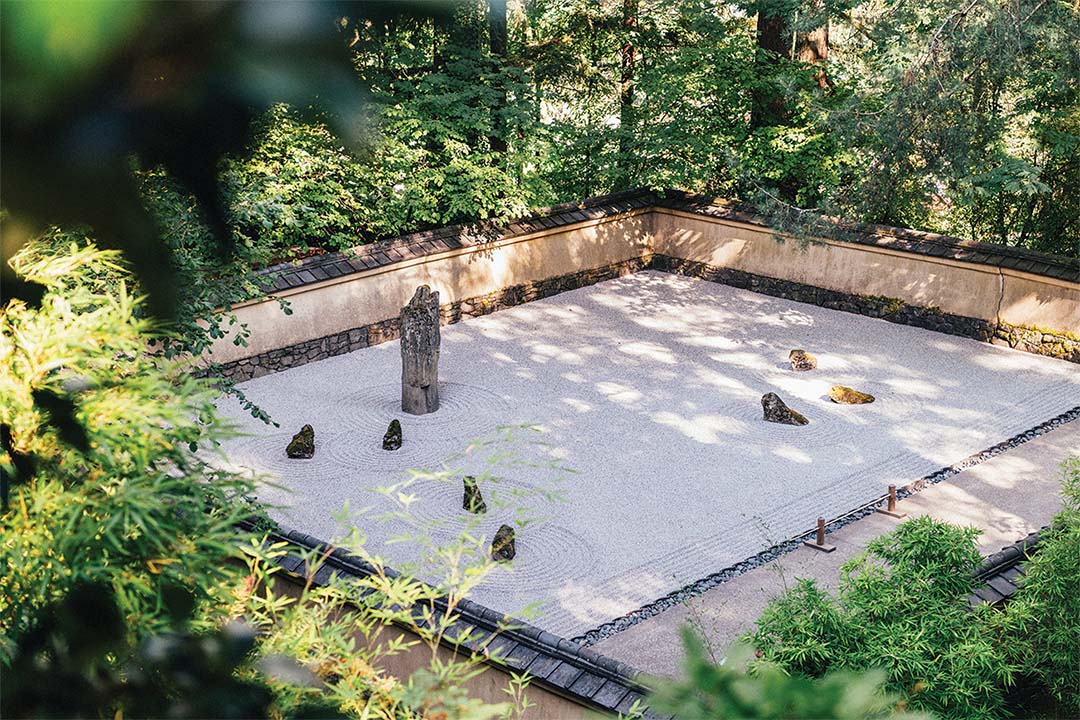
Today, the garden flourishes, and its cultural diplomacy has found contagion in the 250 events that take place each year—and in the establishment of the Japan Institute, a sibling organization that expands on the garden’s programming and partnerships via international forums on art, peace, and nature. That new endeavor lies on a 3.65-acre campus three miles from the garden, but it’s the original site that has legions of fans.
Some journey here each year, hoping to time their arrival to the perfect day when fall colors explode on one of those “boss” trees—a lace-leaf Japanese maple is known simply as “The Tree”—so that they might capture an iconic photograph of its emblazoned leaves and twisted branches at just the right angle.
The garden is beautiful dry or wet, in Oregon’s long, rainy season or its short, sunny one. Visitors would do well not to overthink a foray; the history is in their favor.

